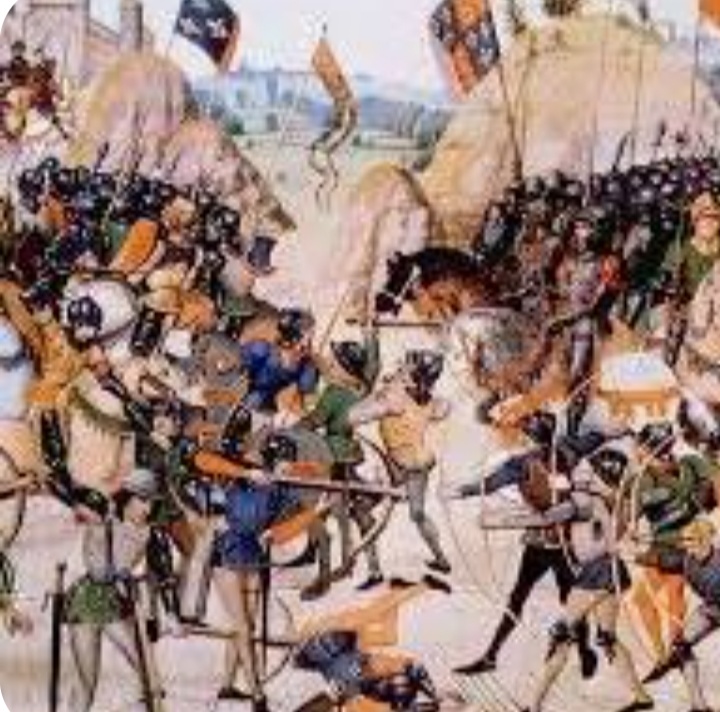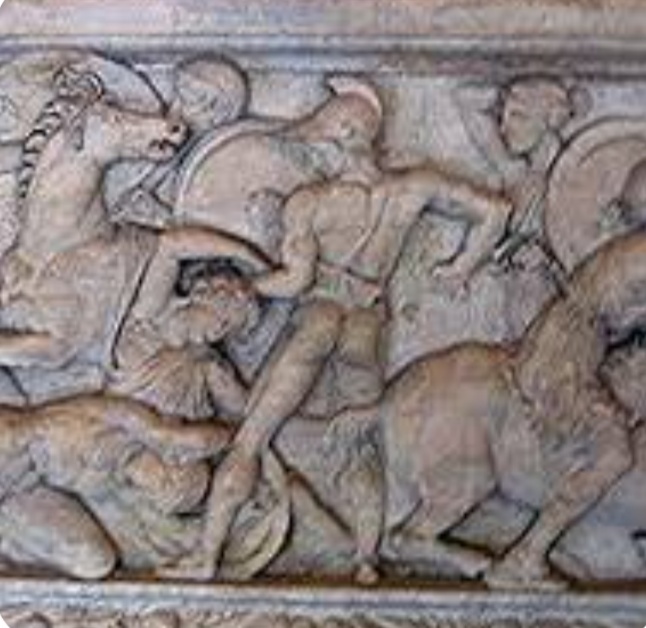Wherever and whenever there is war there are victims. Many are male combatants but many more usually are civilians – non-combatants who include women among their number. Ancient Greece and Rome were no different. Women could, and did, participate in battle, but often they are left to pick up the pieces during and after war, sometimes literally. For women, more often than not, their war is not over when the war is over: wartime sexual and gender-based violence has a real, enduring impact on women’s lives long after the fighting has stopped. Women suffer abject shame and widowhood; they wait anxiously at home, always expecting the worst of bad news; when the shock of that bad news abates, they are left to grieve and mourn and to struggle on with their lives, often working their farms or businesses alone and bringing up young fatherless children; where the husband-soldier is wounded they may have to spend their lives as carers, tending limbless or otherwise traumatised ex-servicemen, coping with all the physical and psychological issues disabling injury brings. If raped the women and girls are ostracised, rejected by husbands and families; they submit to body shame and loss of personal esteem; sometimes they are displaced – their cities and homes wrecked or requisitioned – forced to move on as penniless refugees, carted off to strange and inhospitable lands with foreign languages and customs where they may suffer more prejudice and sexual and gender-based violence; just as often they are sold into slavery or become concubines,

considered no better than just another bit of the war booty. Women and girls suffer unspeakable and abhorrent abuse – physical, sexual and psychological – they are raped, sometimes orally and anally; they might be gang-raped or repeatedly raped over long periods of time. They may be plagued with sexually transmitted infections; there is the possibility of unwanted pregnancies, the half-foreign offspring from which are a lifetime’s haunting reminder of the violence and trauma they endured. They endure ad hoc abortions with all the concomitant infections. They are tortured, horribly mutilated and murdered – sometimes in front of their husbands and children as they too await a similar fate.

Ancient history then tells us unequivocally that women are constant and persistent victims of war: my book shows how the experience of ancient Greek and Roman women, and of some of the foreigners they subdued, was no different from what went before and what has come after, with a relentless inevitability, predictability and monotony. This is what allowed the soldier, philosopher and historian Xenophon in the 4th century BCE to make that chilling, ghastly but true, statement quoted above, some 2,450 years ago with all its foul ramifications and consequences for women.
When dealing with reams of numbers and descriptions relating to atrocities and war crimes perpetrated some time ago, it is very easy to become blasé and blunted to the dreadful reality of these events – but these events were real, they were actual events which all deserve just as much horror and disgust which rightly attends all-too-similar events presented to us on our television screens almost nightly in 2017. For us, dealing with the classical era, it all started with the Trojan War – but it predates that, and continues rampant even to this day in 2017. For example, in Syria, there are today forty-seven or so active sieges currently affecting an estimated 1,099,475 people 1.
Jean Jacques François Lebarbier, A Spartan Woman Giving a Shield to Her Son, 1805 The subject of this painting is a Spartan woman bidding her husband farewell in the traditional manner, “Return carrying your shield or on it.” All elements of the painting reinforce its message of civil duty. The children playing with the warrior’s lance allude to Spartan military training, which began in infancy. The simplicity of the stone-walled interior underscores the austerity of Spartan existence, while the dog is both a symbol of fidelity and a reference to the famed dogs of Sparta. © The Portland Art Museum,


